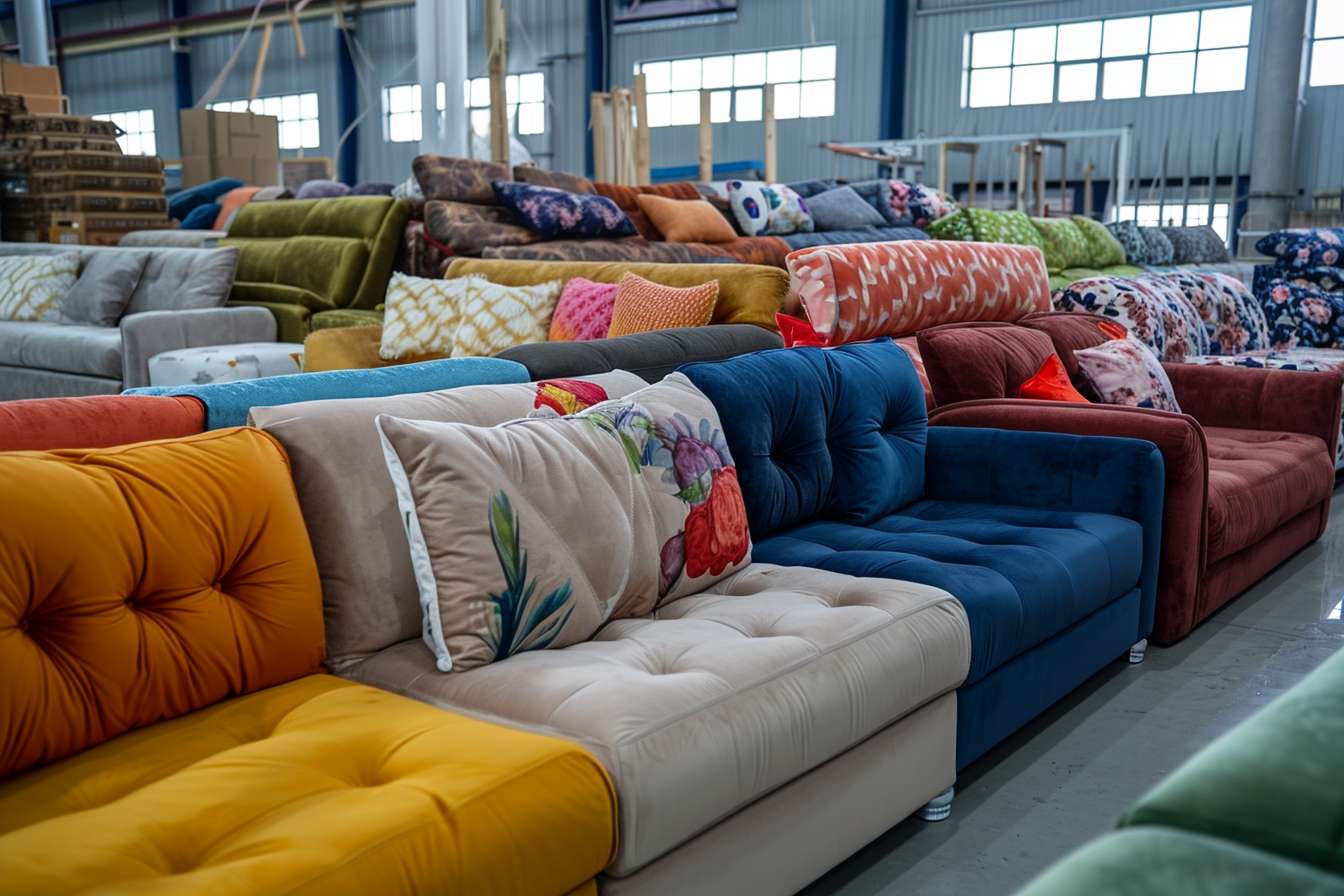Sofa Covers: Practical Uses and Selection Guide
A sofa cover can change how a living space looks and functions without replacing the furniture. Covers offer protection, style updates, and an easy way to adapt a couch to new needs or seasons. Whether you’re protecting against pets and spills, refreshing worn fabric, or experimenting with home decor trends, understanding options and care helps you pick a solution that fits both daily life and longer-term use.

How do sofa covers protect a couch?
Sofa covers act as a removable barrier between everyday use and the underlying upholstery. They shield against stains, pet hair, sunlight fading, and general wear that can shorten the life of a sofa. For households with children or pets, a well-fitted cover reduces the frequency of professional cleaning and can be swapped out if it becomes heavily soiled. Protection varies by fabric — tightly woven textiles and performance blends tend to resist spills and abrasion better than loosely woven natural fibers.
Can sofa covers refresh furniture style?
A slipcover is one of the simplest ways to change a room’s look without new furniture. A neutral cover can create a minimalist backdrop, while patterned or textured covers introduce contrast and visual interest. Designers often use covers seasonally — lighter colors and breathable fabrics in warm months, heavier textures and deeper tones in colder months. Because covers are interchangeable, they allow experimentation with color, scale, and pattern without committing to permanent upholstery changes.
What materials are used for slipcover options?
Slipcovers come in natural fibers (cotton, linen), synthetic blends (polyester, microfiber), and technical performance fabrics (solution-dyed acrylics, treated polyesters). Natural fibers can offer breathability and a soft hand but may stain and wrinkle more easily. Synthetic and performance fabrics are often engineered for stain resistance, color retention, and durability — useful for high-traffic furniture. Consider also stretch blends that provide a fitted look over a couch, versus tailored non-stretch covers meant for custom or semi-custom applications.
How to choose a slipcover that fits your home decor?
Measure the sofa carefully: overall width, seat depth, back height, and arm shapes. Match the style of the slipcover to the furniture’s silhouette — stretch covers suit modern lines, while drop or tailored covers complement traditional forms. Factor color and texture into your decor plan: a subtle weave can add warmth without competing with other patterns, whereas bold prints can become the focal point. Think about functionality too — removable, machine-washable covers are practical, while heavier fabrics offer a more finished look but may require professional care.
How to care for and maintain sofa covers?
Maintenance depends on fabric and construction. Many slipcovers are machine-washable on gentle cycles; check tags for temperature and detergent recommendations. Air-drying or low-heat tumble drying preserves elasticity in stretch covers. For non-washable or heavyweight fabrics, spot-cleaning and periodic professional cleaning are alternatives. Rotate covers or flip cushions where possible to even out wear and sun exposure. Regular vacuuming and prompt treatment of spills extend the life of both the cover and the furniture it protects.
Conclusion
Sofa covers provide a flexible, cost-effective way to protect and update sofas and other furniture while aligning with home decor goals. Choosing the right material, fit, and maintenance routine will determine how well a cover performs in daily life. With careful measurement and fabric selection, a slipcover can extend furniture lifespan and offer a straightforward path to evolving interior style.






